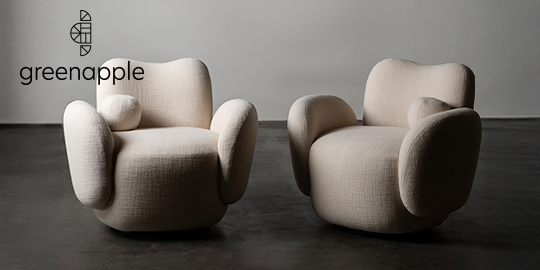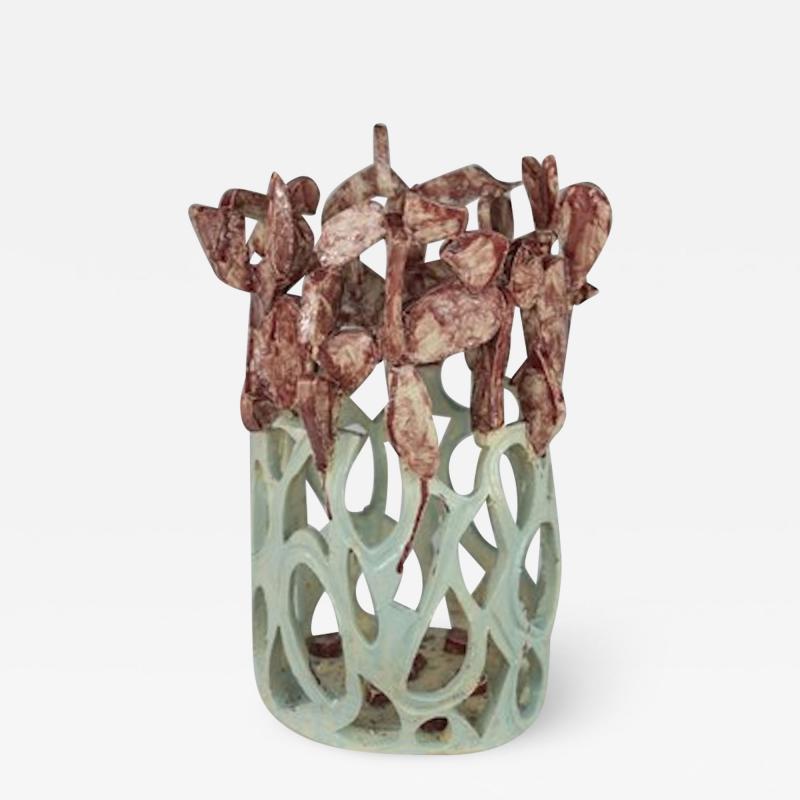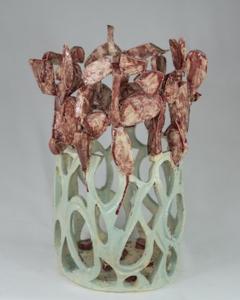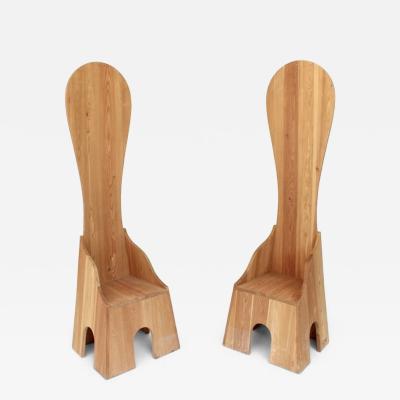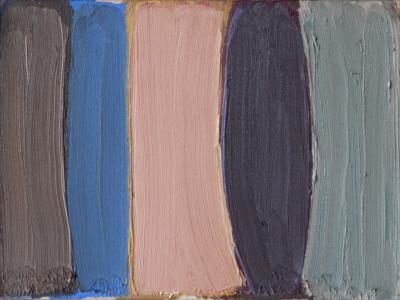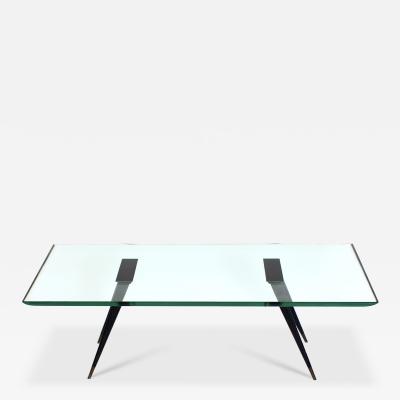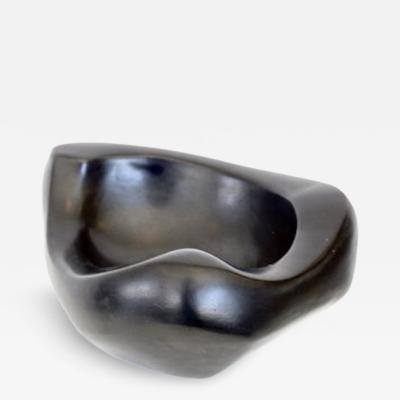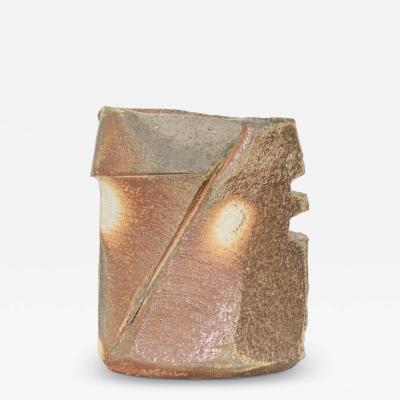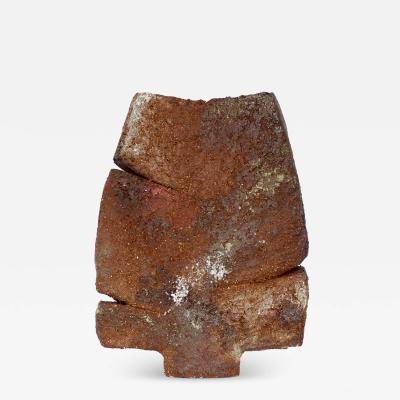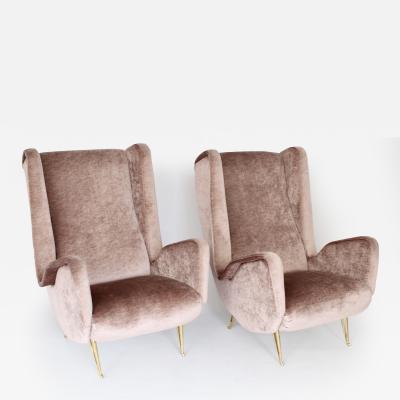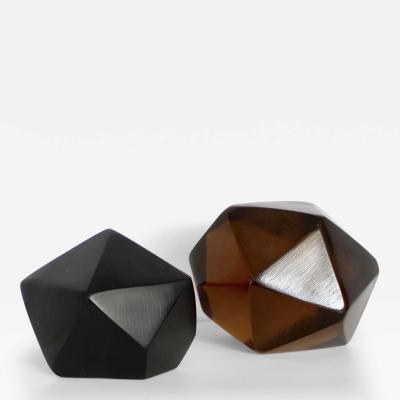Showrooms
Ceramic porcelain explorations
-
Description
ZACHARY WEBER
Zachary Weber contemporary ceramic porcelain explorations. Various works available.
Words on Art and Practice
Zachary Weber (b.1997) devotes much of his professional career to integrating the natural problems of ceramic arts.
“it is clear that our relationships with vessels (and all its manifestations and quirky idiosyncrasies) are ancient and integral in understanding who we are. Histories are pieced together by the fragments of pots discovered at dig sites; where rediscovery takes the form of foot-rings and contents hidden under ceramic preservation lids. In most ways there are clear evolutionary dependencies on the vessels’ potential to contain and preserve who we are.
My work deals with the metaphor of ‘vessel’ but it is alright if you see them as pottery. Even though our use of vessels have real consequences in the way we interpret the world, it is not often that there is a pause of use for the sake of questioning what we are using. I attempt to make work that carries the potential for users to engage with the qualities of containers. I disassemble, replace, remove, and reattach material from familiar forms: cylinders and orbs, cones, and planes. Inscriptions, patterns, and geometric motifs are produced to emphasize what has changed, where. I use color and inscription as a means to liven and restrain the visual interplay of one element and another. With adding gold, my purpose is to distinguish a symbolic hierarchy of elements in each work (like thrown bits of clay dented onto the form, or polka dots on particular features). But this engagement of value with the use of gold is always purposely misleading and seductive, because what I choose to treat with the precious metal is random and formally indistinguishable from synonymous elements.
I see my process as an emergent dance of improvisation and experimentation at all levels of construction. Decisions are made on top or underneath one another, scratched out ferociously, and/or added intuitively and methodically. My work is an anthology of the aesthetics of my own thoughts. Perhaps it can only be such.
Negative space is significant in referencing specific use. For example, the amount of space for one’s finger(s) to grasp a handle, provides more or less utility in performing the act of drinking, or how much drink can be contained. Likewise, I attempt to use shapes cut from sections of the original to signify a reinterpretation of how one might use a vessel. The cutouts may advertise a void or windows into the inside, so one might look inwards. I want to allow for visual opportunity, not just within the surfaces and colors, but within every aspect of the work as seen. I mostly see them as blatant denials of physical function, and am ignorant of the potential of physical contents.
I want to make work that is frustrating on the eye. Patterns so often are disrupted by unintended topography or glaze, or are simply left incomplete. To think about completion depends on the time it takes to finish a work. It is always a practical decision. I try to work on three to five at one session, but find myself racing against evaporation rates. If a work becomes too dry too soon, I am forced to accept its finality before being fired. However, glazing seems endless in the genesis of color and finish.
There is a clear, linear progression between start and finish even though the process can at times be arrhythmic. My guess is this is the case for any endeavor. First is the creation of the initial form, then the expressions of drawing, removal, and undercolor. Next is an interim period–a drying stage–where the work sits vulnerable to the elements of the sudio (fluxing moisture levels, vibration, or other acts of god). The third step is the first firing; the sculptures strengthen and I am able to freely apply glaze. Lastly, the work goes back into the kiln for none to several treatments of additional glaze or luster. It is here I begin to question if the work is finished. — 2022
Bouquet 2021 Creme Brown Pink
16.5x12x10” -
More Information
Documentation: Signed Period: New Condition: New. Styles / Movements: Modern, Contemporary Incollect Reference #: 700180 -
Dimensions
W. 12 in; H. 16.5 in; Diam. 10 in; W. 30.48 cm; H. 41.91 cm; Diam. 25.4 cm;
Shipping Information:
We sell and ship across the United States, Europe, Australia, Hong Kong and wherever you are.
Message from Seller:
Pavilion is the collective vision of Deborah Colman and Neil Kraus, both graduates of the master of fine arts program at the Art Institute of Chicago. From a longstanding interest in art and design, frequent buying trips to France and Italy have influenced the direction of the gallery to offer items that are not easily sourced in Chicago and United States. Postwar design has been the focus for 18 yrs and we also look forward to new design that crosses boundaries and dialogues as well to the past
Sold





